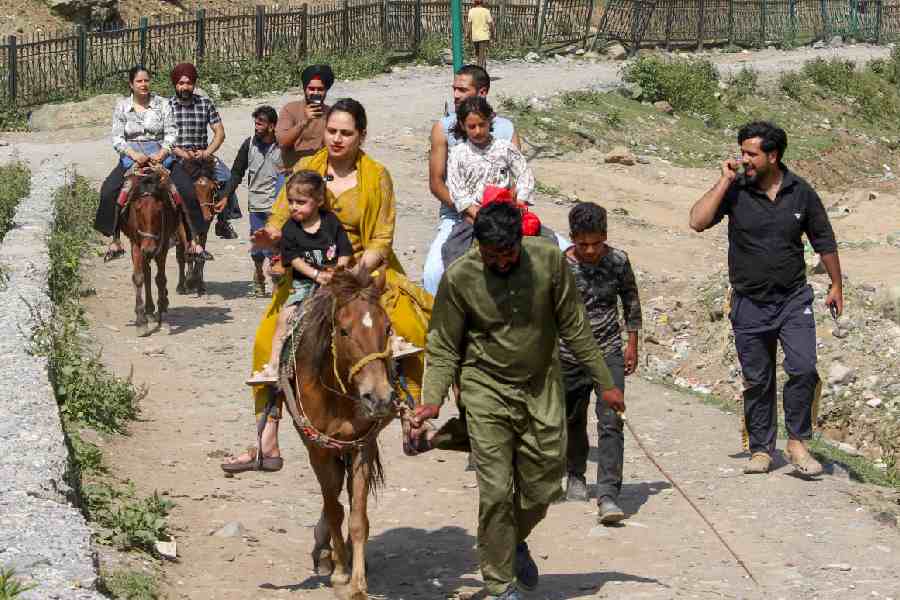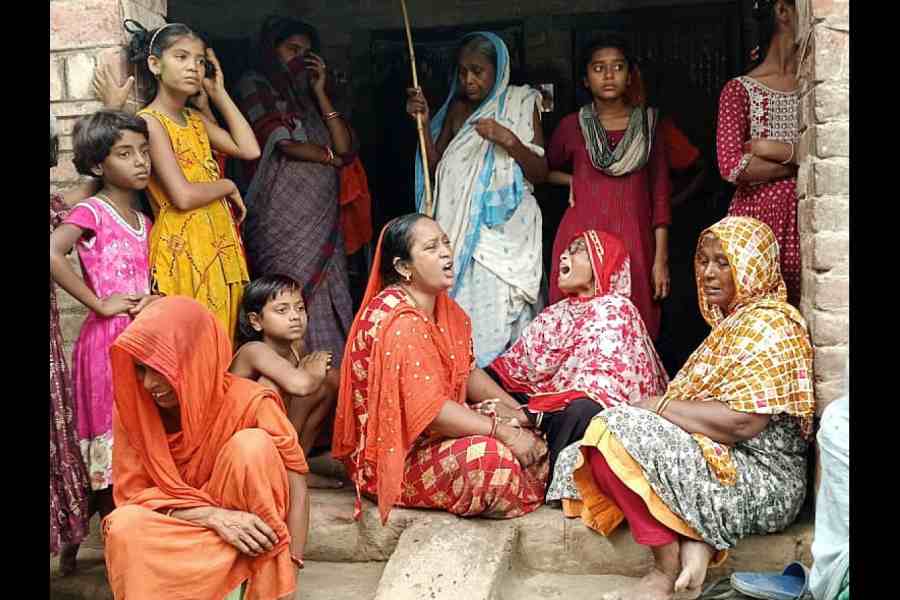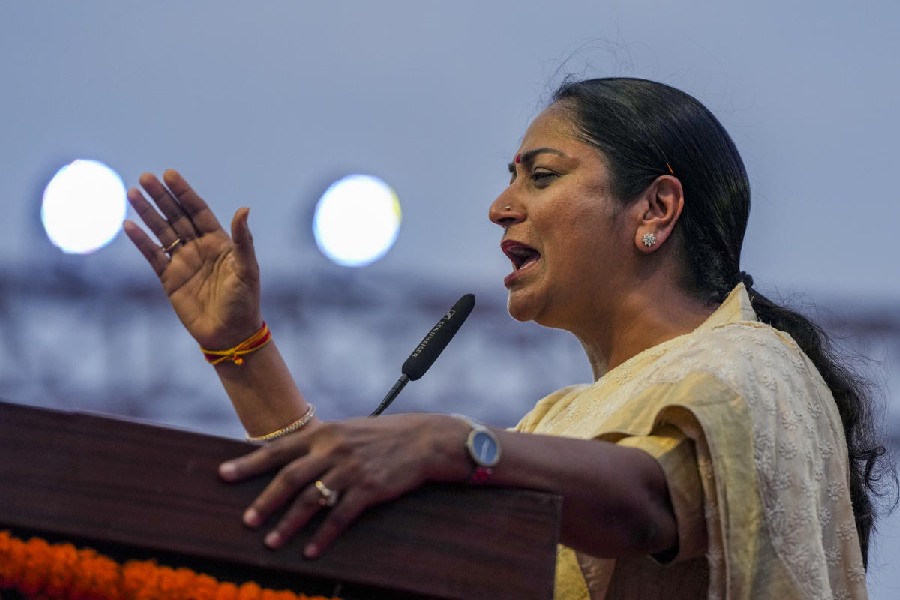Ranchi: Around 300 scientists from across the country and abroad will discuss ways and means to increase production and nutritional content of wheat and barley at a three-day annual group meeting of the All India Coordinated Research Project at Birsa Agricultural University (BAU) in Kanke from August 24 to 26.
The event, which is being organised jointly with the Indian Institute of Wheat and Barley Research (IIWBR), Karnal (Haryana), will have representation from almost all states, 70 state, central and deemed agricultural universities and five international research institutes in different countries.
Governor Droupadi Murmu will formally inaugurate the meet on August 25 while secretary of agricultural research and education, Government of India, Trilochan Mohapatra will grace the occasion.
Addressing the media on Thursday, BAU vice chancellor Parvinder Kaushal said the wheat research scientists group was the second largest in the country after that of rice.
"In Jharkhand, wheat is grown in an area of 2.21 lakh hectares with average productivity of 2.13 tonnes per hectare as compared to a national average of 3.17 tonnes per hectare. Wheat productivity in the state needs to be increased to 5 tonnes per hectare for doubling farmers' income by 2022," Kaushal said.
Of the total 28 lakh hectare cultivable land in Jharkhand, around 14.6 lakh hectares remain without any use in rabi season after harvest of rice.
"Efforts are on to bring this land under wheat coverage on residual moisture by short-duration, drought-tolerant varieties like Birsa Gehun-3 of BAU, K-9107 of Kanpur, PBW-343 of Punjab and HD-2967 of Haryana," he added.
Cropping intensity in Jharkhand is hardly 125 per cent as compared to a national average of 150 per cent while states like Punjab and Haryana score 193 per cent and 188 per cent, respectively, the VC pointed out.
"Lack of assured irrigation facility is the main limiting factor on this front," he said, stressing on the need of including barley in food habit because it has higher fibre and protein content than other cereals.
Current area of barley cultivation in Jharkhand is only 3,000 hectares owing to lack of awareness about its importance among farmers.
"Since barley can be grown on single irrigation, there is a vast scope of its expansion in this state. A-300 variety of barley is most suitable for this region. One kilo of red gram, barley, soybean, ragi and jwar/bajra each should be mixed with wheat for daily domestic use of flour to ensure enhanced nutrition," Kaushal said.










